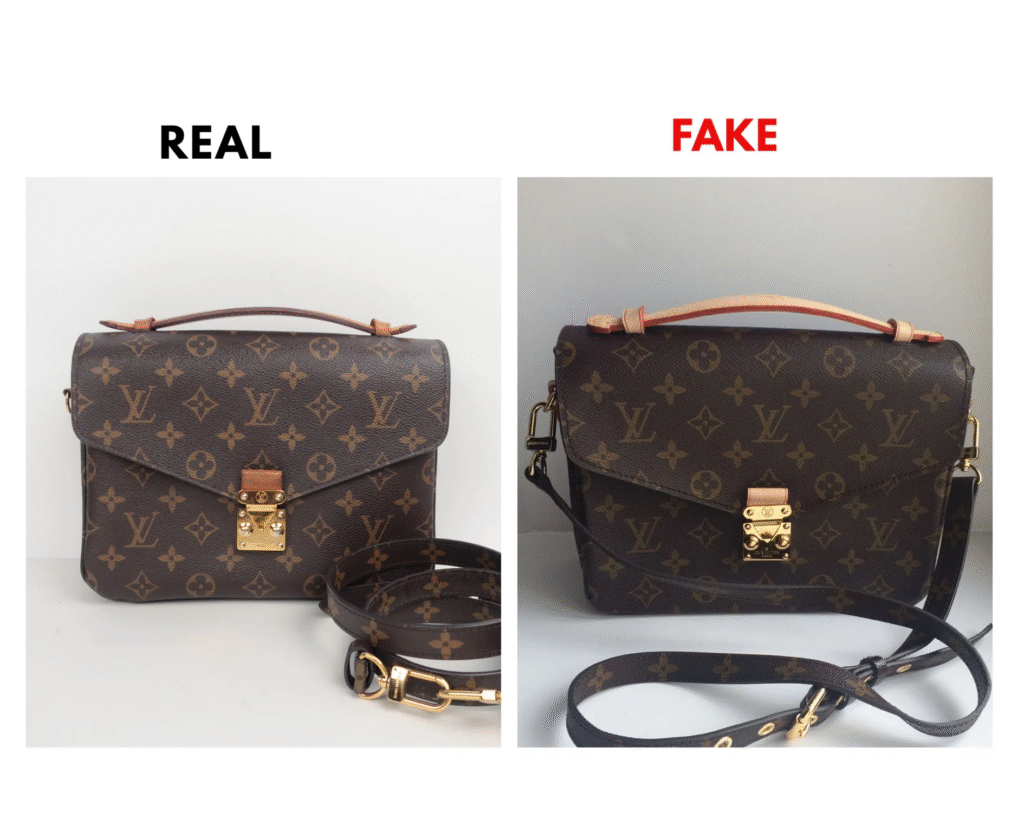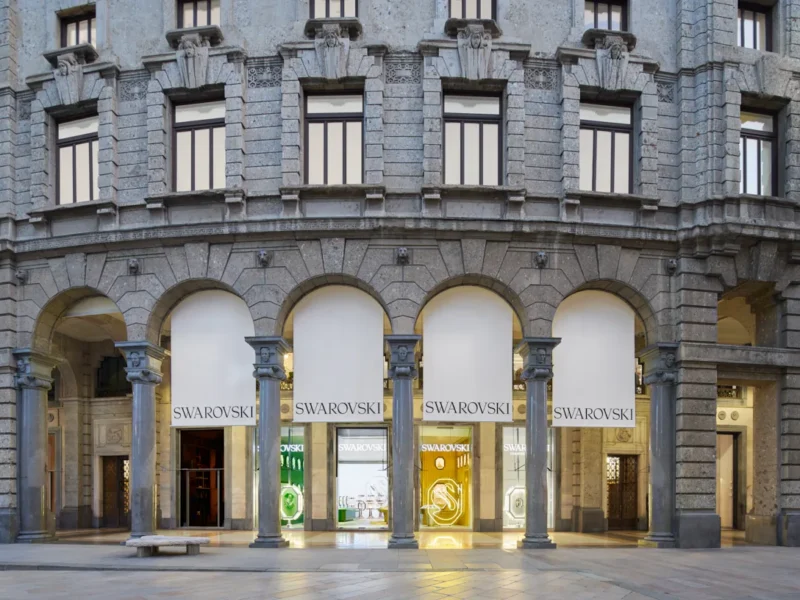In today’s fashion-conscious world, luxury has become more than just a symbol—it’s a statement. From Louis Vuitton bags to Rolex watches, owning luxury items often speaks volumes about taste, status, and aspiration. But with high-end prices come high-street imitations. Enter the world of first copy luxury items—products that closely resemble the originals but come at a fraction of the cost.
So, what really separates an original luxury item from its first copy? Is it just about price, or does the story go deeper?

The Rise of First Copy Culture
There is a booming market for first copy products. But what exactly is a first copy? These are replicas of luxury goods that look almost identical to the original. Often produced in markets where intellectual property rights are loosely enforced, these items mimic design, branding, and even packaging. Some factories go to great lengths—sometimes using the same suppliers, techniques, or materials as the original manufacturer—but cut corners on certain elements, making the final product cheaper and unofficial.
And here’s a reality many people are unaware of: many of the discounted luxury products sold on third-party websites or online platforms are actually first copies. Marketplaces label them as “on sale,” “outlet,” or “parallel imports,” but in truth, they’re often just cleverly disguised replicas.
Why People Buy First Copies?

There’s no denying that luxury is aspirational. But not everyone can—or wants to—pay the hefty price tags. Some people knowingly purchase first copies because:
- They want the look and feel of luxury without the financial burden.
- They don’t place value on brand authenticity, storytelling, or ethics.
- For them, it’s a smart purchase—why pay ₹2 lakhs for a handbag when you can get an identical one for ₹30,000?
In their minds, it’s not stealing; it’s being practical. They’re not trying to deceive anyone. They simply want to enjoy the aesthetic without the commitment to the brand’s price point.

The Emotional and Ethical Value of Original Luxury
On the other hand, there’s a different kind of buyer—someone who pays the full price not just for the item, but for the experience. For them, luxury is about:
- Brand loyalty: A deep-rooted connection and respect for the house’s history and heritage.
- Craftsmanship: Every stitch, detail, and design decision is a result of years—sometimes centuries—of artistry and innovation.
- Sustainability & ethics: Original luxury brands often invest in sustainability, fair wages, and responsible sourcing—values rarely considered by first copy manufacturers.
- Exclusivity & service: Luxury shopping isn’t just about the product; it’s about the customer service, the showroom experience, the packaging, and even the after-sales support.
There’s a certain emotion attached to buying from an official boutique, owning a genuine piece of luxury, and knowing you are a part of a brand’s legacy.
So yes, the debate is real. On one side, there are those who chase the look of luxury without the label, and on the other, those who believe in investing in something real and long-lasting. Both perspectives exist, and both are rooted in personal values, priorities, and purchasing power.
But the real question to ask is: what kind of story do you want to tell through your fashion choices?
Is it about looking the part, or being a part of something timeless? Let me know your thoughts!!


